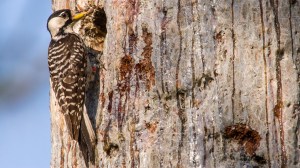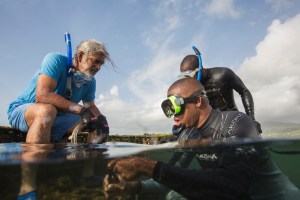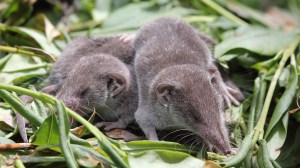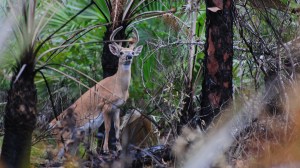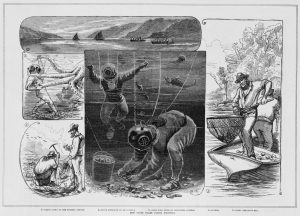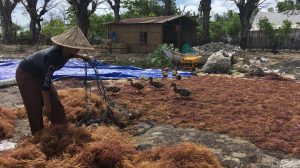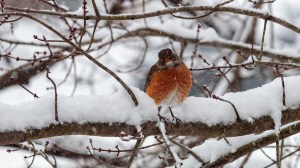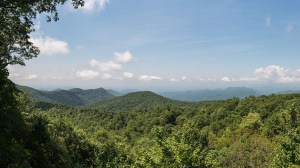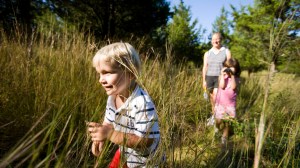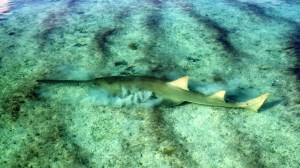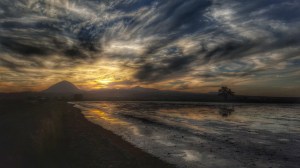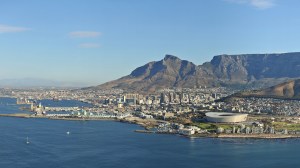Discover stories in Environments
Recovery: Saving a Woodpecker Through Research & Ingenuity
The red-cockaded woodpecker was once a symbol of “endangered birds versus people.” But the bad old days are over.
Field Test-Grenada: Lose the Reef, Lose the Beach
Coral reefs are the coasts’ first line of defense against erosion and flooding in many reef-lined coastlines around the globe.
Strange and Unbelievable Facts About Shrews
The shrew is one of the most ferocious and bizarre predators, and it's probably roaming near you.
Spring Break Goes Wild(life)
Looking for some nature on your spring break? Go where the wild things are.
The Hidden History of Australian Oyster Reefs
New research draws on historical data — including accounts from early explorers — to map the former extent of Australian shellfish reefs.
Seaweed Farming: A Gateway to Conservation and Empowerment
Seaweed farming is often viewed as the pinnacle of sustainable aquaculture - but ensuring sustainability is incredibly complex.
Why Are You Seeing Robins in Winter?
Spring has certainly not arrived, so why have the robins?
Land Rich and Cash Poor
"For me as a black southerner who loves nature, the freedom of wildness is worth a life's weight in gold."
Why Staying on the Trail Is Bad for Nature
Is encouraging kids to treat nature as fragile and untouchable doing more harm than good?
Recovery: Smalltooth Sawfish Flickering Back
Recovery of the smalltooth sawfish is going better than expected, but public ignorance can still imperil these fish.
Bumper-Crop Birds: Pop-Up Wetlands Are a Success in California
By partnering with rice farmers in California, the Conservancy is transforming fields into pop-up wetlands for migrant shorebirds, yielding the largest average shorebird densities ever reported for agriculture in the region.
Global Change and Urban/Agriculture Competition for Water
More than 1 in 4 cities could have water shortages by 2050 even if they had first priority for water. How can cities meet growing demand in a changing climate?
